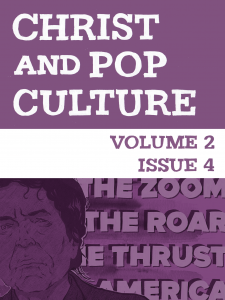
By Ethan McCarthy
The following is an exclusive feature that has been shared with you but is otherwise available only in Issue #4 of the Christ and Pop Culture Magazine.
For more features like this, download our app for iPad and iPhone from Apple’s App Store.
After a one-week free trial, monthly and yearly subscriptions are available for $2.99 and $29.99 respectively. New issues are made available every other week. More information here.
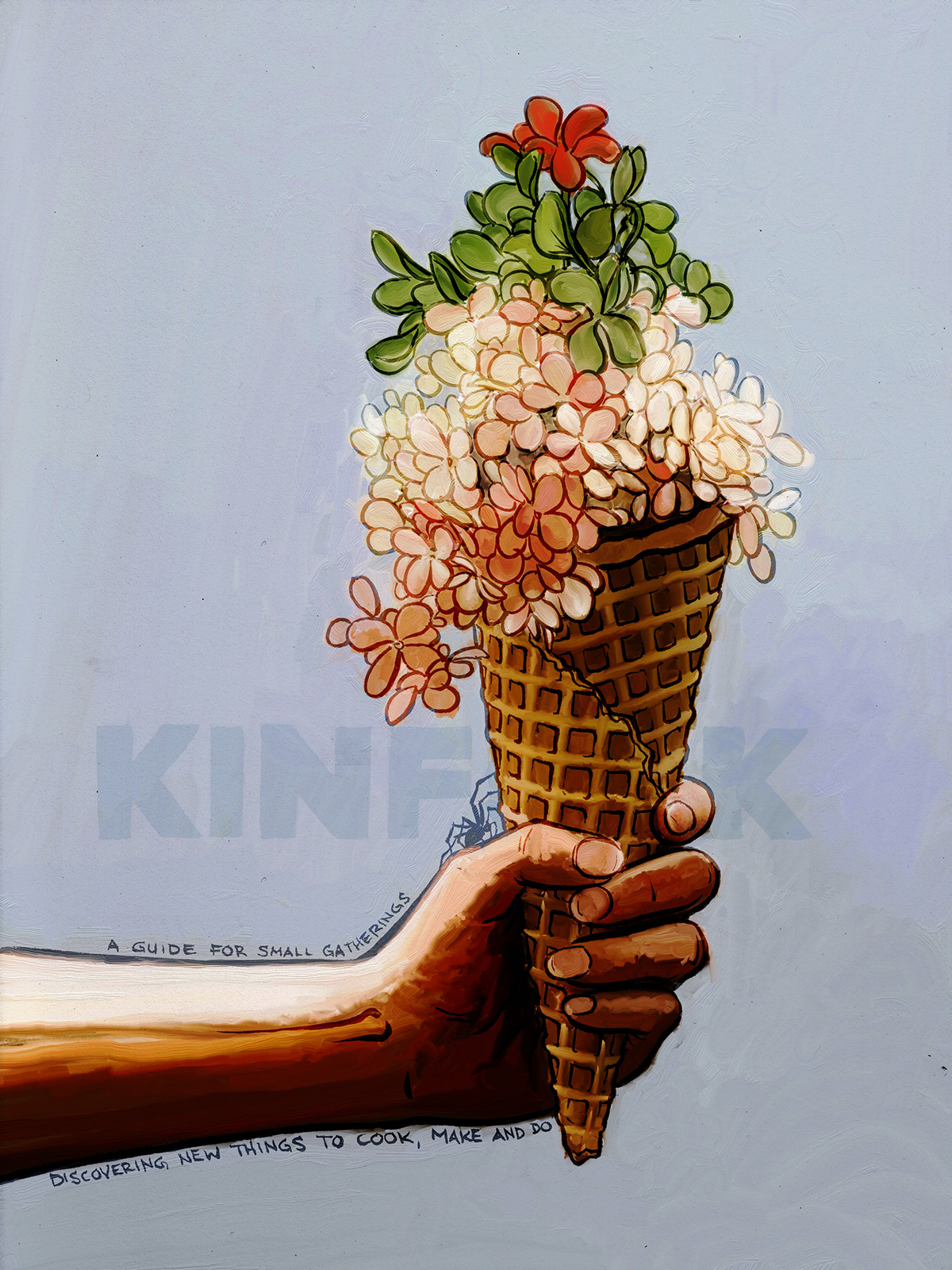 Despite the much-heralded demise of print media, a few niche periodicals have managed to thrive. This is particularly true of magazines that put a premium on aesthetic experience – magazines that need the printed page to work their fullest effects. There’s still something pleasurable about the tangible experience of holding a magazine in your hand and flipping through its pages – of leaving it on the coffee table or the kitchen counter. Such magazines have found there are still plenty of people willing to pay for that experience.
Despite the much-heralded demise of print media, a few niche periodicals have managed to thrive. This is particularly true of magazines that put a premium on aesthetic experience – magazines that need the printed page to work their fullest effects. There’s still something pleasurable about the tangible experience of holding a magazine in your hand and flipping through its pages – of leaving it on the coffee table or the kitchen counter. Such magazines have found there are still plenty of people willing to pay for that experience.
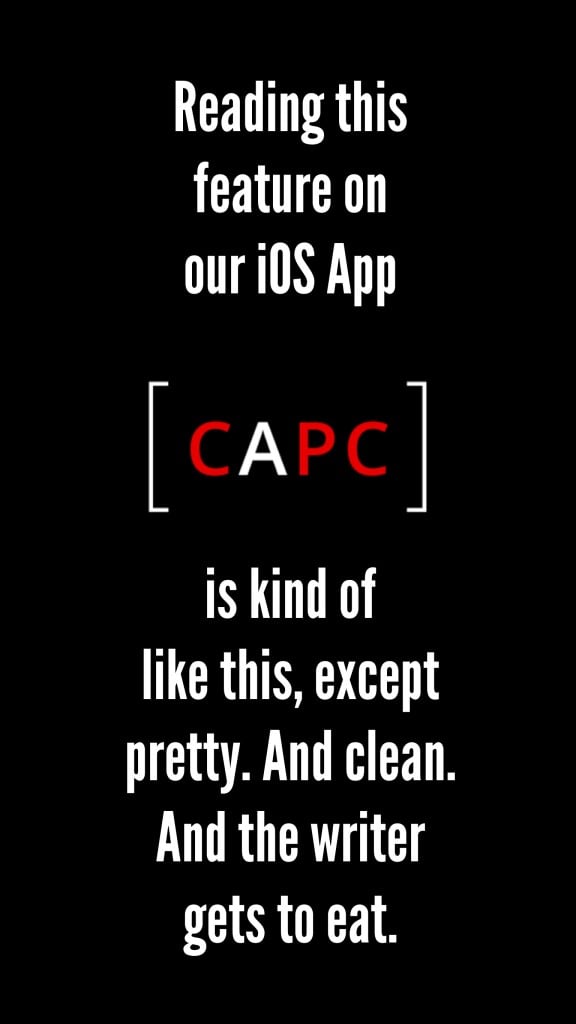 One such magazine is Kinfolk, a 144-page quarterly that focuses on food culture, hospitality, and community. Launched in 2011, Kinfolk uses short articles, photo essays, recipes, and practical tips to convey its philosophy of community. As founder Nathan Williams describes it, “It’s about being more intentional in how we approach food and community. It’s about gratitude and reverence for the community we have. Taking an overly casual approach shows an error, that we don’t appreciate them as much as we should.”
One such magazine is Kinfolk, a 144-page quarterly that focuses on food culture, hospitality, and community. Launched in 2011, Kinfolk uses short articles, photo essays, recipes, and practical tips to convey its philosophy of community. As founder Nathan Williams describes it, “It’s about being more intentional in how we approach food and community. It’s about gratitude and reverence for the community we have. Taking an overly casual approach shows an error, that we don’t appreciate them as much as we should.”
There’s a lot to like about that kind of intentionality. Much of Kinfolk’s international success (it’s been translated and published in Russian, Japanese, and Korean) is due to the ways it tries to live out its own ideals. Kinfolk has organized hundreds of community gatherings all over the world, centered on seasonal or culinary themes. They’ve also sponsored international food-based workshops, published a cookbook, and are at work on a short film series.
Yet the quality and depth of Kinfolk‘s essays and shorts don’t always live up to the meticulous presentation. Despite its high ideals, it often reads like a fashion magazine, an unrealistic and overblown portrayal of what is, for many of us, an unattainable (even undesirable) lifestyle. It can feel self-congratulatory, even exclusive. At times, Kinfolk’s laudable vision is obscured by its prioritization of aesthetics over content.
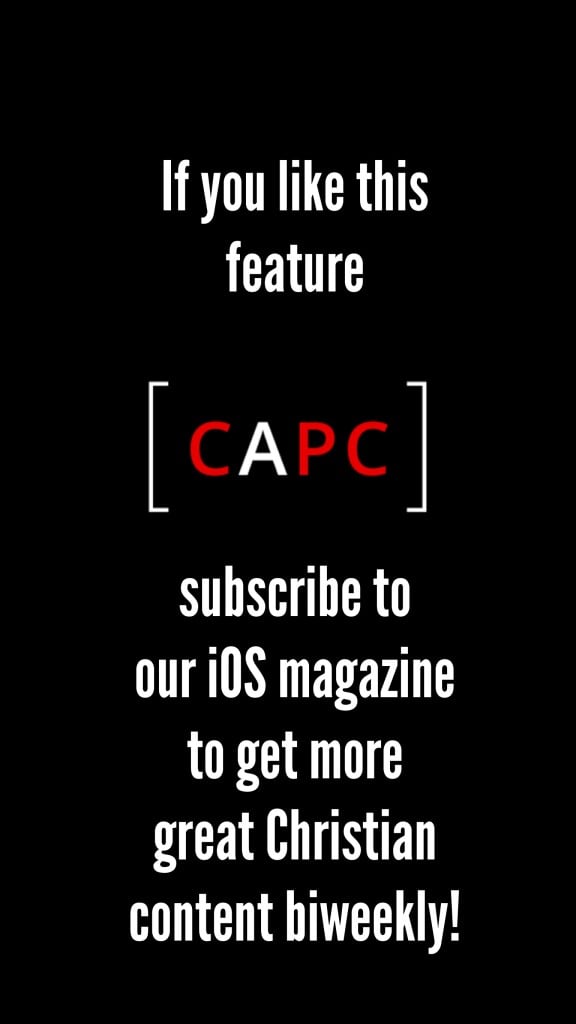 To be fair, in many ways Kinfolk’s aesthetics and content are inseparable. Its pages are filled with lovely photographs of homemaking and fellowshipping. You might say its function is to show the beauty and meaning implicit in these mundane things. In its pages, simple tasks like picking flowers, preparing food, and setting the table are given pride of place. These things are important, in Kinfolk’s purview, because they have to do with our connectedness to our communities. Both where our food comes from and how we eat it inevitably show the health or discord of our community. Our relationship to agricultural processes and the food industry bears on our responsibility to use the earth’s resources wisely. Similarly, the way we eat our food, alone or together, in discord or in harmony, bears on the health of our most important relationships.
To be fair, in many ways Kinfolk’s aesthetics and content are inseparable. Its pages are filled with lovely photographs of homemaking and fellowshipping. You might say its function is to show the beauty and meaning implicit in these mundane things. In its pages, simple tasks like picking flowers, preparing food, and setting the table are given pride of place. These things are important, in Kinfolk’s purview, because they have to do with our connectedness to our communities. Both where our food comes from and how we eat it inevitably show the health or discord of our community. Our relationship to agricultural processes and the food industry bears on our responsibility to use the earth’s resources wisely. Similarly, the way we eat our food, alone or together, in discord or in harmony, bears on the health of our most important relationships.
These ideas are filtered down more or less directly from Wendell Berry, a farmer and writer from Kentucky. Nathan Williams came across Berry’s work in college, and says that it helped inform his vision for Kinfolk magazine. Berry’s essays, stories, and poems encourage fidelity to the community through sustainable agriculture and husbandry, local economics, and a reverence for the interconnectedness of life. Though the magazine tends to stay away from the cerebral and philosophical, Williams has admitted that Berry’s vision underpins much of what Kinfolk is about.
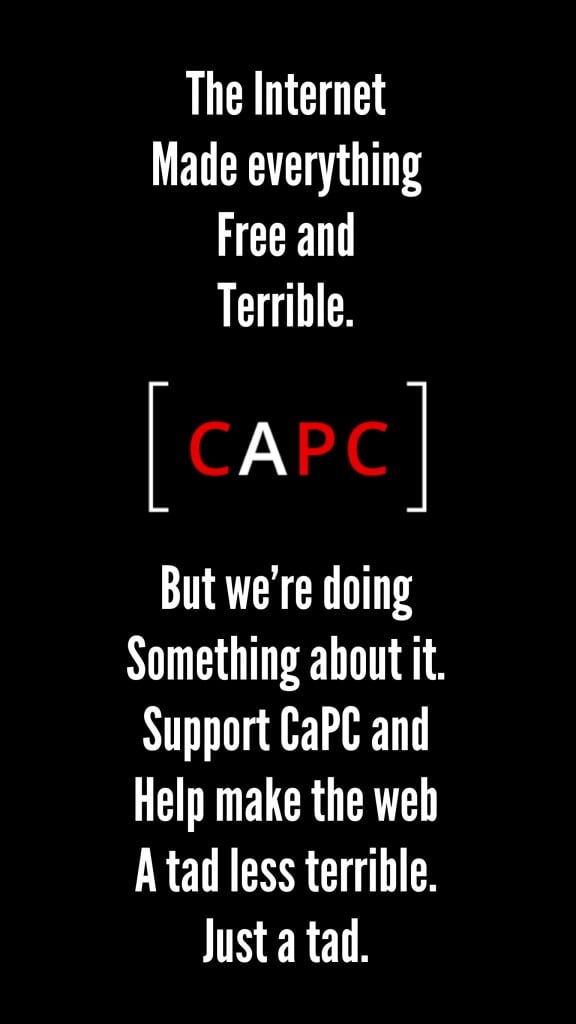 Yet the question remains: just how faithful is Kinfolk to Berry’s ethos? It’s hard to imagine Wendell Berry condoning a stylized portrayal of his ideas, or allowing himself to be so aesthetically sanitized and choreographed. It’s all very well to say that Wendell Berry helps form the philosophy of your magazine, but glancing through an issue of Kinfolk quickly raises the question of just how deep those underpinnings go. It’s hard to see the connection, for example, between Wendell Berry and a photo essay of three well-coiffed models paddling around in a dinghy. A piece about daytime drinking advises readers how to drink and not get drunk, with a strong undercurrent of social pretension: “At this point, you should be so lucid that doing the New York Times acrostic should be no problem at all.” Its references to Manhattan social life, Vermont private schools, and top-shelf alcohol feel irrelevant and ostentatious.
Yet the question remains: just how faithful is Kinfolk to Berry’s ethos? It’s hard to imagine Wendell Berry condoning a stylized portrayal of his ideas, or allowing himself to be so aesthetically sanitized and choreographed. It’s all very well to say that Wendell Berry helps form the philosophy of your magazine, but glancing through an issue of Kinfolk quickly raises the question of just how deep those underpinnings go. It’s hard to see the connection, for example, between Wendell Berry and a photo essay of three well-coiffed models paddling around in a dinghy. A piece about daytime drinking advises readers how to drink and not get drunk, with a strong undercurrent of social pretension: “At this point, you should be so lucid that doing the New York Times acrostic should be no problem at all.” Its references to Manhattan social life, Vermont private schools, and top-shelf alcohol feel irrelevant and ostentatious.
Still, there are times when Kinfolk gets at bigger ideas. A recent issue focused on aging, encouraging readers to see old age as an inevitable and even beautiful event, in deliberate contrast to the popular ideal of perpetual youth. A piece on weekend rest is constructive and helpful, but the photos of models skateboarding through urban parks and reading in the wilderness are trendy and distracting. Too often Kinfolk rides the line between function and frivolity. It’s the age-old dilemma of style over substance.
And a magazine depicting a lifestyle grounded in wholesome principles needs to get the style/substance ratio right. Thought informs aesthetics; aesthetics illuminates and incarnates thought. If the focal point slips too far in either direction, something crucial is lost. When Kinfolk slips too far toward style, it can quickly turn into vanity.
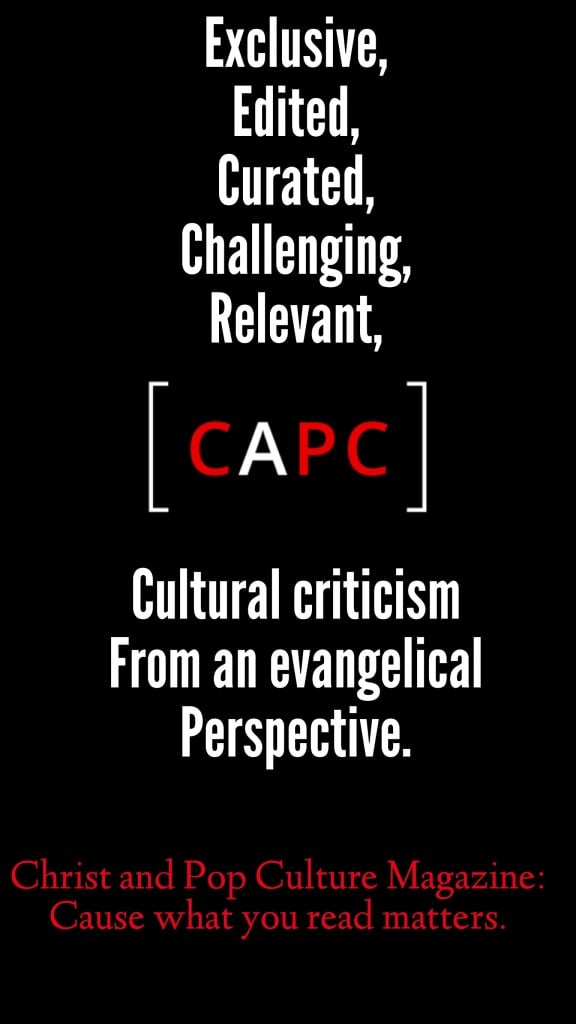 There’s nothing wrong with surrounding ourselves with beauty, or with exercising creativity in our homes and hobbies. On the contrary, it’s the natural product of a responsible and constructive lifestyle. But those values turn into a vain spectacle when we use them to project an idealized (and often dishonest) image of ourselves. When they become all about us and our insecurities, they are quickly diluted. Social networking sites like Pinterest and Facebook allow us to be selective about what we show other people, and to carefully craft our public personas. Thus Kinfolk plays directly into the cult our culture has built up around conspicuous creativity. Live simply and intentionally, but be sure someone sees you doing it.
There’s nothing wrong with surrounding ourselves with beauty, or with exercising creativity in our homes and hobbies. On the contrary, it’s the natural product of a responsible and constructive lifestyle. But those values turn into a vain spectacle when we use them to project an idealized (and often dishonest) image of ourselves. When they become all about us and our insecurities, they are quickly diluted. Social networking sites like Pinterest and Facebook allow us to be selective about what we show other people, and to carefully craft our public personas. Thus Kinfolk plays directly into the cult our culture has built up around conspicuous creativity. Live simply and intentionally, but be sure someone sees you doing it.
Seeming to have high ideals is much easier than actually having them. The young and radical are easily derailed by their insecurities, by their need to differentiate themselves from the mainstream. When that happens, superficialities abound. Conversely, living in a right relationship with the earth and with one another requires long and laborious work. It requires us to break old habits and form new ones. It requires self-sacrifice, giving up old ideals of beauty and community, and embracing change.
And yet it’s the finest of lines. We are all of us split in two by our motives. Our natural desire to appear a certain way to other people inevitably mixes with and dilutes our purest and most praiseworthy motivations. Our best intentions are combined with our basest.
So let’s not be too hard on Kinfolk. Too often our culture divorces beauty from meaning altogether, making it a completely subjective and experiential matter. Kinfolk occupies a unique space in that it sets out to connect beauty to wholesome ideals. You can make up your own mind about how strongly it makes that connection, but at least we can agree in applauding the effort.
Ethan McCarthy lives in Highwood, Illinois, with his wife Jenni and their two children. They like literature, music, and listening to the Atlanta Braves on the radio. He currently works in an elementary school special education classroom.
Illustration courtesy of Seth T. Hahne. Check out Seth’s graphic novel and comic review site, Good Ok Bad.